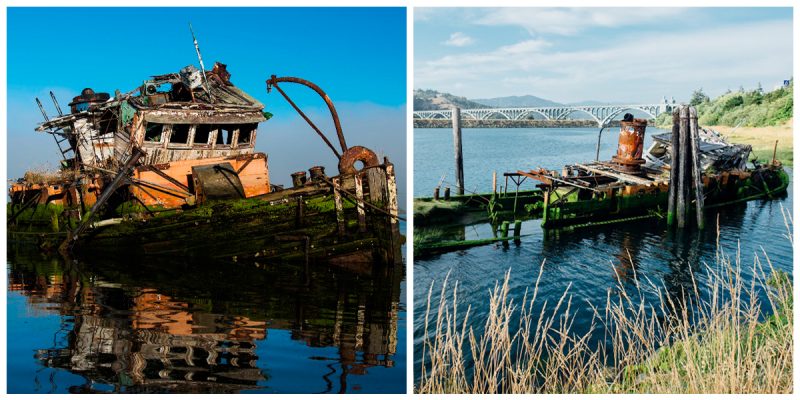Mary D. Hume was a steamer built by R.D. Hume, a pioneer and early businessman, for his Cannery in Gold Beach. He named the ship after his wife. R. D. Hume was a pioneering businessman at Wedderburn and Gold Beach, then known as Ellensburg. By 1881, he had established a fish cannery and built Mary D. Hume, to support the cannery operation.
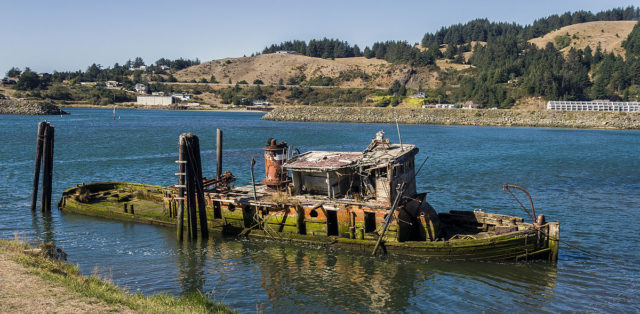
Over the years different owners reconstructed it and she has been used for many purposes around Gold Beach and along the pacific coast. Back in the 1970s it even had the title as the oldest serving commercial vessel.
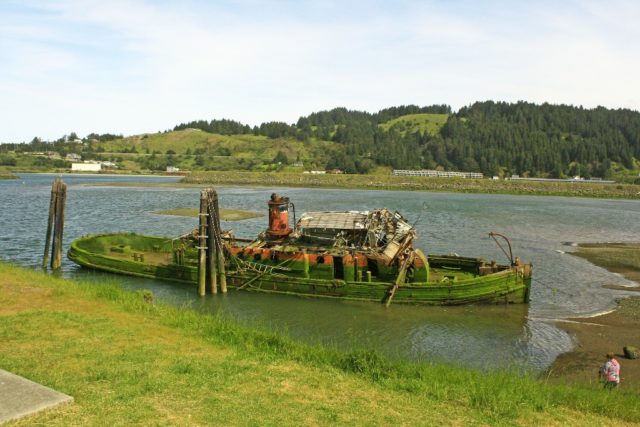
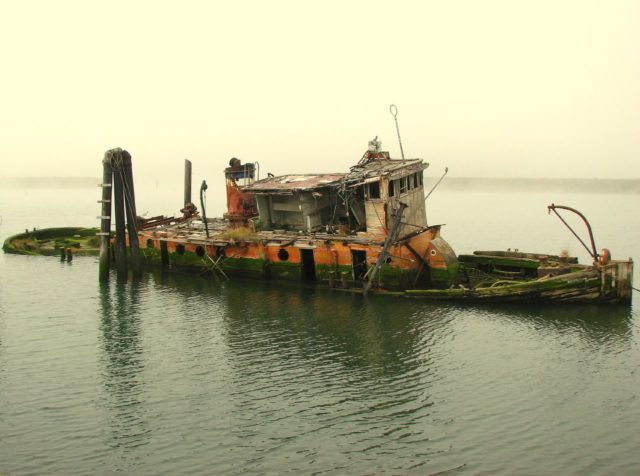
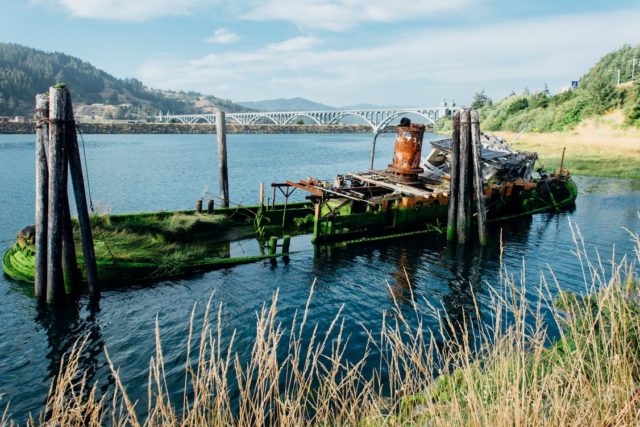
The first eight years of the Hume’s career were spent hauling cargo between San Francisco and Gold Beach. On December 5, 1889 the Pacific Whaling Co. purchased the Mary D. Hume for $25,000 and the Mary D. Hume started her career as a Artic Whaling vessel.
The Mary D. Hume soon departed for the Bearing Sea and a 10 year career that made her famous in Arctic Whaling history. During her long Arctic voyage numerous sailors died from scurvy, cold and lunacy caused by loneliness and isolation.
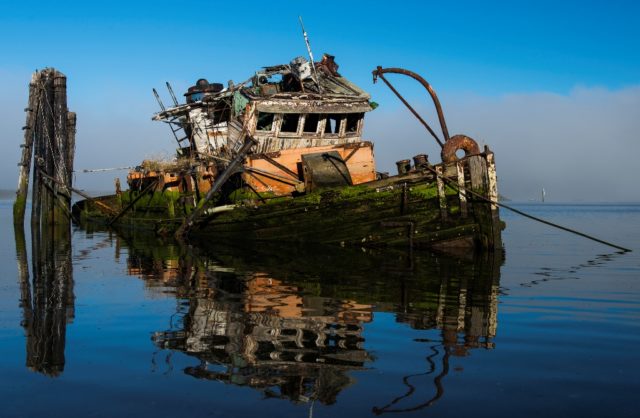
Her first expedition spanned 1890-1892, catching 37 whales for a cargo worth $400,000. She then made Arctic Whaling history with the longest recorded whaling voyage of six years, from 1893 to 1899.
In 1900 she was sold to the Northwest Fisheries Company for use as a cannery tender in Alaskan waters, and four years later she sank in ice in the Nushagak River; was raised and taken to Seattle for repair.
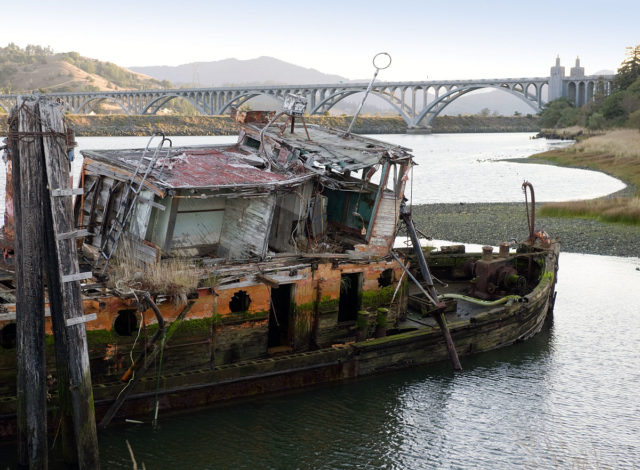
May 20, 1909, The American Tug Boat company purchased the Mary D. Hume and she was fitted as an ocean tugboat. Housing of two levels was added sometime in the early years of the 20th century.
When the whaling boom died out, she continued in service as tugboat, a tender for halibut fishing boats, and a towboat. Her steam engine was exchanged for Diesel power in 1954, and she kept working until 1978.
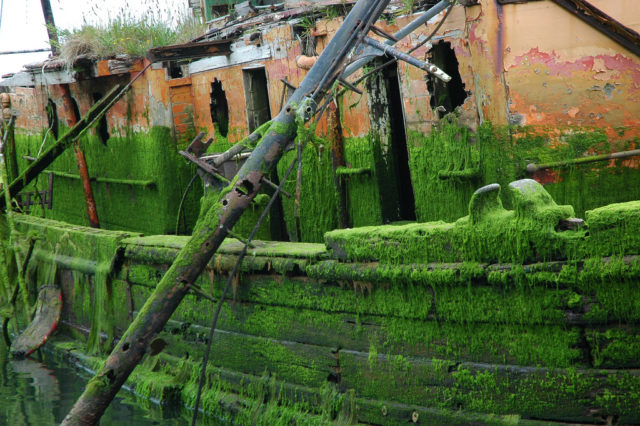
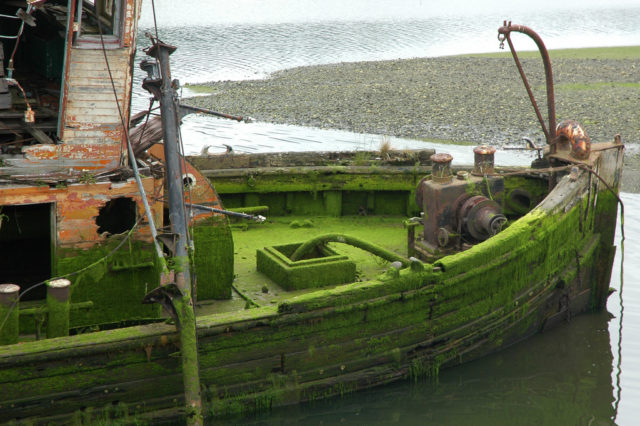
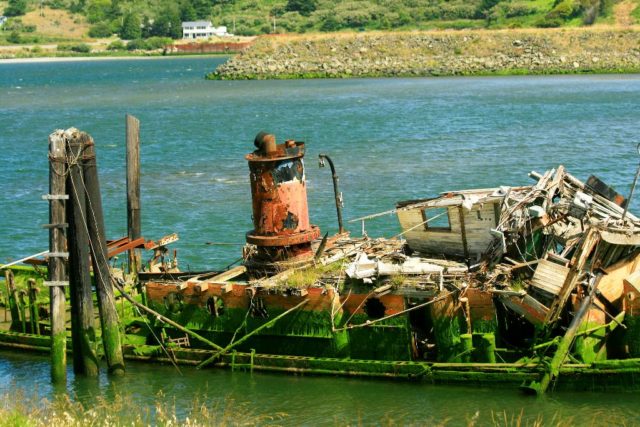
When Mary D. Hume retired, the historical society tried to make her into a museum ship with no luck. Although Mary D. Hume is on the National Register of Historic Places, she is not maintained and she is slowly breaking apart and sliding into the Gold Beach muddy waters.
